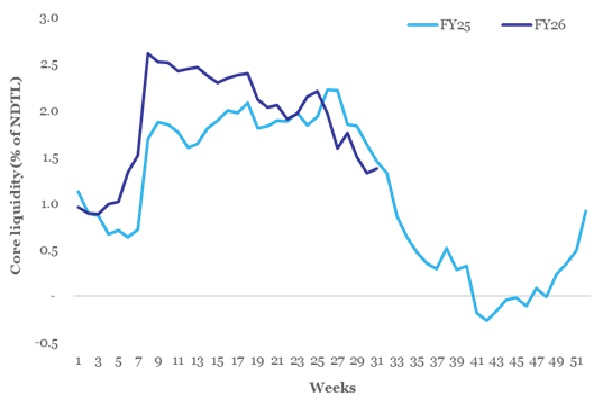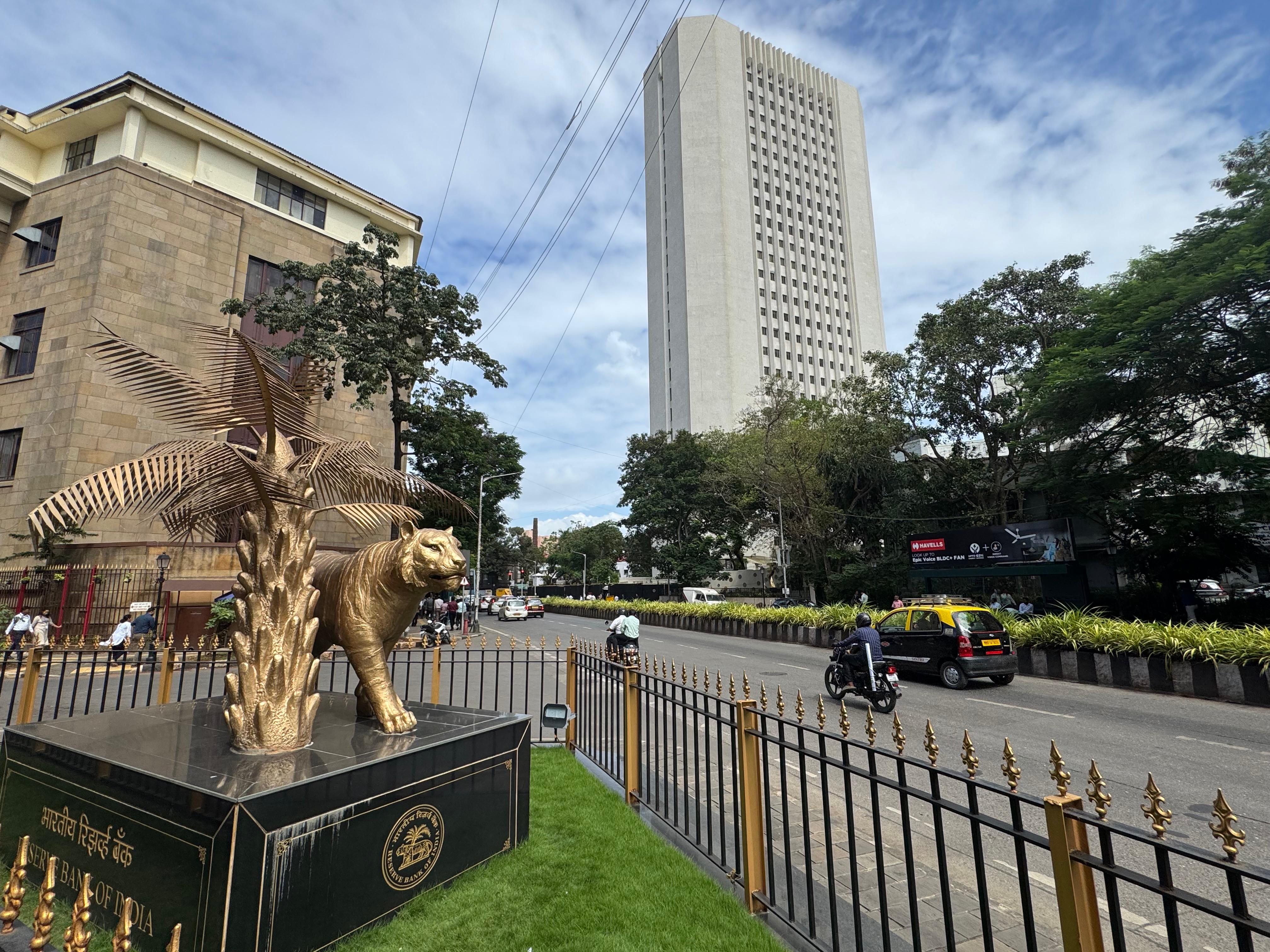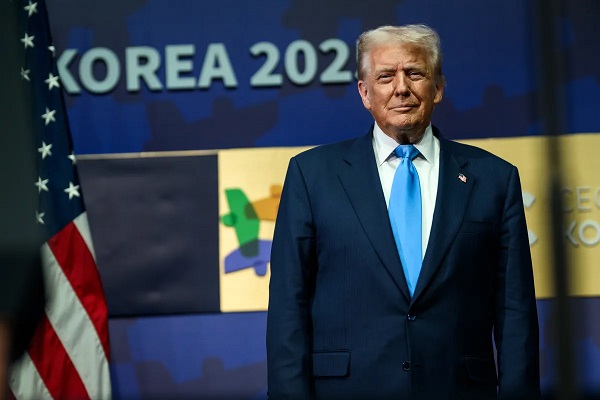.png)
Shubhada Rao is the founder of QuantEco Research. Vivek Kumar and Yuvika Singhal, veteran economists, spearhead the research initiatives at the firm.
November 12, 2025 at 6:18 AM IST
When a currency weakens sharply, the consequences often extend beyond exchange rate charts. In India’s case, the rupee’s latest bout of depreciation has begun to distort the domestic liquidity landscape, forcing the Reserve Bank of India into a difficult balancing act between defending the currency and preserving monetary stability.
Between October 2024 and February 2025, the rupee fell by 4.3%, prompting the RBI to sell $57.4 billion from its foreign currency assets—equivalent to ₹4.87 trillion. The consequence was a severe liquidity squeeze that compelled the central bank to step in with a mix of sterilisation measures1 and liquidity infusions to restore policy transmission. That episode now seems to be repeating itself, albeit under different circumstances.
Since August 2025, India has been grappling with the fallout from cumulative US tariff of 50%—a significant external shock in an already uncertain global environment. For exporters, the tariffs have been a direct hit. For the rupee, they have been an indirect but equally damaging one. Even as the US dollar fell 4.2% between April and October, the rupee weakened by 3.6% in the same period.
This idiosyncratic and unanticipated pressure on the rupee prompted sell-side FX intervention by the RBI. Between July and August 2025, the RBI reportedly sold $10.2 billion from its reserves on a net basis, thereby mopping up domestic liquidity worth ₹897 billion. As per our estimates, the RBI further liquidated $16 billion from its reserves during September and October 2025, draining another ₹1.5 trillion.
Cumulatively, the central bank’s volatility-management response has withdrawn around ₹2.4 trillion worth of core liquidity from the banking system—effectively neutralising the impact of the phased 100 basis-point cut in the Cash Reserve Ratio2 announced in June.
Liquidity Squeeze
The pattern in core liquidity now resembles last year’s trajectory. If tariff-related pressure persists, the tightening could intensify through the coming months. Seasonal factors will compound this effect: a favourable monsoon, GST-related boost, and increased transfer payments by several state governments3 are likely to spur additional cash demand from the banking system.
Overall, this would necessitate primary liquidity infusion of about ₹3.5 trillion from the RBI before the end of 2025-26. Absence of a commensurate sterilisation move by the RBI could manifest in the form of tightness in money market spreads, which in turn could stall the success in the monetary policy transmission mechanism achieved so far.

Source: RBI, CEIC, and QuantEco Research
However, the picture could shift dramatically if diplomatic winds turn. A timely India-US trade agreement could relieve the pressure on the rupee, especially if it includes a repeal of the 25% tariff imposed in August. A sudden appreciation could trigger a reversal in RBI’s intervention stance, from selling to buying dollars. Such a shift would naturally reintroduce liquidity into the system, curbing the need for large-scale primary infusion.
Even under this more benign scenario, however, residual effects from earlier rupee weakness and seasonal liquidity demand would still necessitate some support, to the tune of ₹500 billion before the fiscal year’s end.
Ultimately, whether the RBI’s liquidity operations need to be substantial or modest will depend on the timing and contours of any trade deal. Yet the policy direction seems clear: the central bank would lean on open market operations to infuse liquidity in a calibrated, staggered manner.
Beyond injecting liquidity this strategy would help moderate long-term yields and ease the steepness of the yield curve, thereby reinforcing the delicate alignment between monetary and market stability.
As India stands on the cusp of potential trade relief and a complex monetary horizon, the RBI’s task will be less about firefighting and more about fine-tuning. The coming months will test not only the resilience of the rupee but also the dexterity of India’s monetary framework.
1 The RBI infused Rs 5 trillion via OMOs/FX Swaps between January and March of 2025, after infusing Rs 1.1 trillion via a 50 bps CRR cut in December 2024.
2 The 100 bps CRR reduction is phased over four equal tranches of 25 bps each, of which three have been implemented – the first on September 6th, the second on October 4th, and the third on November 1st. The last tranche will be effective on November 29th. Cumulatively, the 100 bps cut in CRR would release primary liquidity of about Rs 2.5 trillion into the banking system.
3 We estimate currency in circulation to increase by Rs 1.5-2.0 trillion between November 2025 and March 2026.




